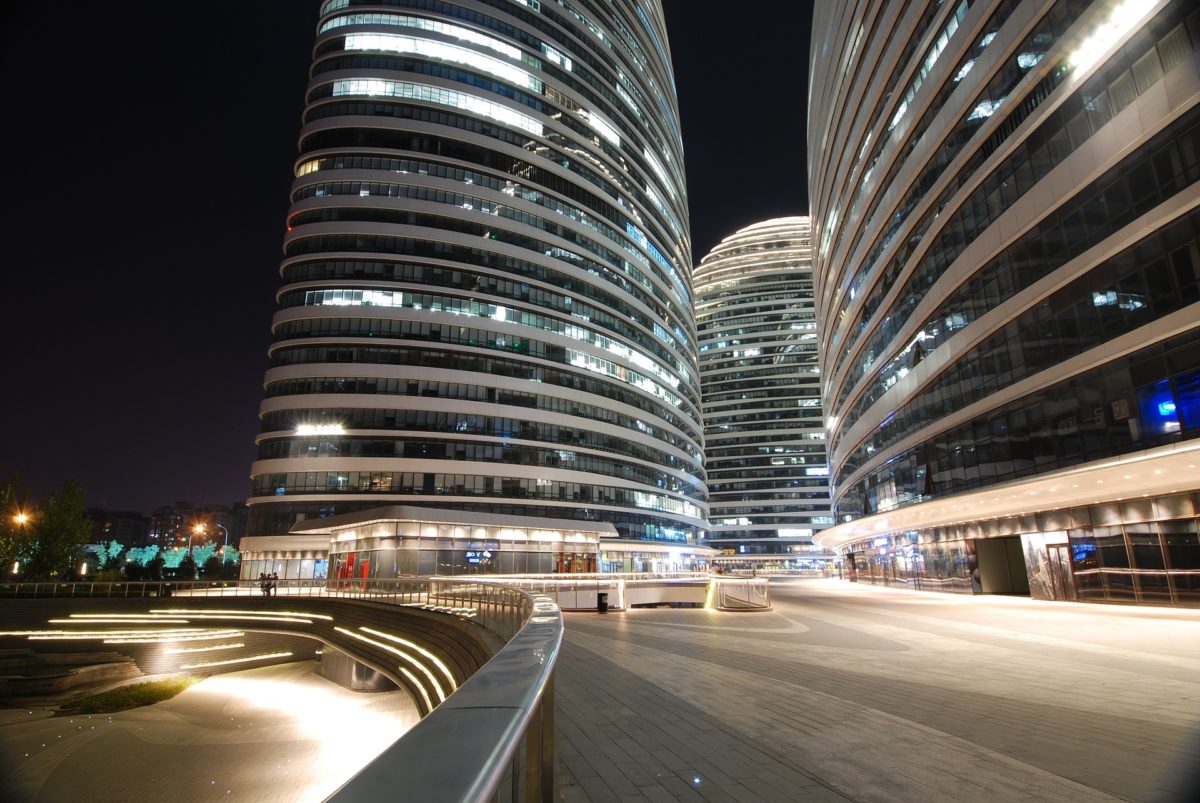The record volume of bond defaults recorded in China last year caused some, unnamed state-owned enterprises to suffer credit rating downgrades, according to photovoltaic manufacturer Solargiga.
With business news service Bloomberg having reported 39 defaults related to almost $30 billion of bonds in 2020, Solargiga wrote, in its annual report a week ago: “The default in the domestic bond market has caused the credit ratings of some large scale state-owned enterprises … to be downgraded, and the overall market credit risk has increased compared to previous years.”
The solar ingot, wafer and module manufacturer–which has written off RMB68.6 million ($10.5 million) after shuttering its aging cell lines last year–presented an annual update which amounted to a huge ‘what if?'
Unforeseen
The board said a string of “not reasonably forseeable” events in 2020 were the only reason it had posted an annual loss of RMB216 million, and pointed to significant production tech advances and rising shipment levels and revenue.
Solargiga raised its annual module production capacity to 3.7 GW with the opening of a new, rented, fab in Yancheng, Jiangsu province on April 1. The company pointed to advances including machinery which reduces the closing time of silicon ingots 70%; an ingot growth rate which rose from 1.25mm/min to 2mm/min thanks to better water cooling; and a long life crucible developed with partners which can draw nine ingots from a single pot.
The 3.45 GW-annual-capacity ingot division of the business posted a 2020 profit of RMB64.4 million, following a RMB325 million ($49.6 million) loss a year earlier, but that upstream operation was the only part of Solargiga which turned a profit in 2020. With cell production wound down to a RMB85.9 million deficit, the module division shed RMB166 million, the losses widening from a RMB21.4 million ($3.27 million) hit in 2019. The less important solar project arm at least narrowed its losses, from the RMB11.9 million posted in 2019 to RMB9.31 million last year.
Popular content
If the company might be justified in complaining about polysilicon shortages and price rises caused by flooding and factory explosions among suppliers, citing the closure of its small scale, inefficient cell operation as one of those “not reasonably forseeable” events appears to be stretching credibility, as previously highlighted by pv magazine. The same could be said for the gripe about rising shipping and other sales costs “as a result of the outbreak of Covid-19,” given China was already witnessing the epidemic in late 2019. Whatever the reason, that cost-of-sales hit rose from RMB84.6 million to RMB136 million.
If the explanation for the disappointing result–on the back of a 37% rise in revenue to RMB6.05 billion and 65% rise in total shipments to 6,811 MW–is less than convincing, there is little arguing with Solargiga's plans to expand production capacity.
The company said it intends to more than double ingot capacity to 8.55 GW this year, and a thumping 20.05 GW next year in a move explained by the board's belief the “oligopoly market trend” in the ingot business “will continue.”
Module capacity is slated to rise to 8.86 GW this year and 14.46 GW next year and wafer output is also set to balloon, from the current 2.5 GW to 4.6 GW this year and 14.6 GW in 2022.
This content is protected by copyright and may not be reused. If you want to cooperate with us and would like to reuse some of our content, please contact: editors@pv-magazine.com.



By submitting this form you agree to pv magazine using your data for the purposes of publishing your comment.
Your personal data will only be disclosed or otherwise transmitted to third parties for the purposes of spam filtering or if this is necessary for technical maintenance of the website. Any other transfer to third parties will not take place unless this is justified on the basis of applicable data protection regulations or if pv magazine is legally obliged to do so.
You may revoke this consent at any time with effect for the future, in which case your personal data will be deleted immediately. Otherwise, your data will be deleted if pv magazine has processed your request or the purpose of data storage is fulfilled.
Further information on data privacy can be found in our Data Protection Policy.